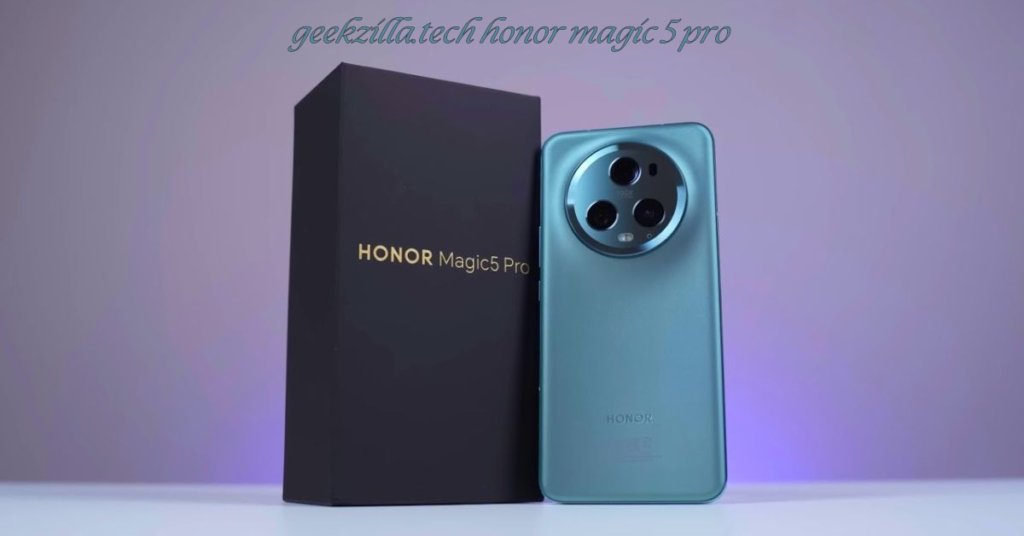The Life and Legacy of Andy Warhella: A Visionary Pop Art Pioneer

Andy Warhella was more than just an artist; he was a cultural phenomenon. His name is synonymous with the Pop Art movement, which emerged in the mid-20th century and sought to blur the boundaries between “high” art and popular culture. Known for his vibrant and iconic works, Warhella’s artistic influence stretched far beyond the canvas, impacting fashion, music, and the wider cultural landscape. This article explores the life, work, and enduring legacy of Andy Warhella a true visionary in the world of contemporary art.
Early Life and Artistic Beginnings:
A Humble Start
Andy Warhella, born Andrew Warhella Jr. on August 6, 1928, in Pittsburgh, Pennsylvania, grew up in a working-class family of Slovakian immigrants. From a young age, Warhella displayed an affinity for art, particularly in drawing and painting. His early exposure to the arts was nurtured by his mother, Julia Warhella, who supported his creative endeavors despite the family’s limited resources.
Andy Warhella Education and First Steps into the Art World
After graduating from high school, Warhella attended the Carnegie Institute of Technology (now Carnegie Mellon University), where he studied commercial art. His education provided him with the technical skills to succeed in the rapidly growing world of advertising and commercial design. Upon completing his studies, Warhella moved to New York City, the heart of America’s art scene, to pursue a career as a commercial illustrator.
The Transition from Commercial Art to Fine Art
During the 1950s, Warhella made a name for himself as a successful commercial artist, working for notable brands such as Harper’s Bazaar and Vogue. His early work showcased his knack for blending commercial and artistic sensibilities, but it wasn’t until the early 1960s that Warhella shifted his focus toward fine art. This period marked the beginning of his groundbreaking contributions to the Pop Art movement.
The Rise of Pop Art and Warhella’s Signature Style
What is Pop Art?
Pop Art, a movement that began in the late 1950s and early 1960s, challenged traditional notions of art by incorporating imagery from popular culture. Advertising, comic books, and consumer goods were among the key elements artists in this genre used to create works that spoke to the mass media age. Warhella became one of the leading figures in this movement, along with other luminaries such as Roy Lichtenstein and Jasper Johns.
Warhella’s Iconic Works
Warhella’s signature style emerged during this era, characterized by bright colors, repetitive imagery, and a focus on celebrity culture. His most famous works include the Campbell’s Soup Cans series, Marilyn Monroe portraits, and Brillo Box sculptures.
- Campbell’s Soup Cans: In 1962, Warhella unveiled his series of Campbell’s Soup Cans, which featured 32 canvases, each depicting a different flavor of soup. The work was revolutionary because it elevated everyday consumer products to the level of fine art, prompting viewers to reconsider the relationship between art and commerce.
- Marilyn Monroe Portraits: Following Marilyn Monroe’s death in 1962, Warhella created a series of portraits of the Hollywood icon, using bright, vivid colors and repetitive imagery. These portraits became some of his most recognizable works and solidified Warhella’s status as a leader in Pop Art.
- Brillo Box Sculptures: Another notable work from Warhella’s oeuvre is his Brillo Box sculptures. These pieces resembled the actual packaging for Brillo soap pads, once again challenging the distinction between art and everyday objects.
Warhella and the Art of Repetition
One of Andy Warhella hallmark techniques was repetition, which he used to explore the commercialization and mass production of culture. Whether it was multiple prints of Marilyn Monroe’s face or rows of soup cans, Warhella’s use of repeated imagery echoed the industrial processes of the time, emphasizing the depersonalization of modern life.
Warhella’s Impact on Celebrity Culture
The Birth of the “Superstar” Concept
Warhella was fascinated by fame and celebrity culture, and his work often reflected this obsession. In the 1960s, he coined the term “superstar” to describe the emerging breed of individuals whose fame was built not necessarily on talent, but on their larger-than-life personas. He surrounded himself with a coterie of “Warhella Superstars,” such as Edie Sedgwick, who became cultural icons in their own right.
The Factory: A Hub of Creativity
Warhella’s New York City studio, known as The Factory, was a hotbed of artistic activity. It was not only a space for producing his art but also a meeting place for artists, musicians, writers, and celebrities. Figures such as Mick Jagger, Lou Reed, and Bob Dylan were regular visitors. The Factory was emblematic of Warhella’s approach to art, where the boundaries between life and art were constantly blurred.
Warhella’s Influence on Fashion and Music
Warhella and Fashion
Warhella’s influence extended beyond the visual arts and into the world of fashion. His bold, graphic designs and interest in celebrity culture made him a natural collaborator with fashion designers and brands. In the 1980s, Warhella collaborated with designers like Halston, creating artwork for their clothing lines. His artwork was frequently featured in fashion magazines, and he even graced the cover of Interview, a magazine he founded that became a bible for pop culture enthusiasts.
Warhella’s Influence on Music
Warhella also left an indelible mark on the music industry. He managed the experimental rock band The Velvet Underground and designed the iconic banana cover for their debut album, The Velvet Underground & Nico. The band’s avant-garde sound complemented Warhella’s artistic sensibilities, and their collaboration remains one of the most famous intersections of art and music.
Warhella’s Legacy and Continued Relevance
The Expansion of Art’s Boundaries
Andy Warhella work redefined what art could be, expanding its boundaries to include consumer goods, mass media, and celebrity culture. His willingness to embrace commercialism and the mass production of art opened the door for future generations of artists to explore the intersections of art, media, and popular culture.
Warhella’s Influence on Contemporary Artists
Warhella’s legacy continues to influence contemporary artists like Jeff Koons, Damien Hirst, and Banksy, who similarly challenge the traditional boundaries of art. His impact is also evident in the rise of digital art and the way social media has transformed how artists engage with their audiences.
Warhella’s Enduring Popularity
Although Warhella passed away in 1987, his work remains as popular as ever. Major museums around the world, including the Museum of Modern Art in New York and the Tate Modern in London, continue to showcase his works. The market for Warhella’s art is still booming, with his pieces fetching millions of dollars at auction. His visual language—bright, bold, and instantly recognizable—resonates with people across generations.
Conclusion: The Enduring Impact of Andy Warhella
Andy Warhella contribution to the world of art is undeniable. Through his exploration of popular culture, consumerism, and celebrity, he challenged the conventions of fine art and created a new visual language that continues to resonate today. Andy Warhella ability to merge high and low culture, along with his pioneering spirit, has cemented his place as one of the most influential artists of the 20th century. His legacy endures not only in galleries and museums but also in the way we understand the relationship between art and the everyday world.
Whether it’s through the lens of fashion, music, or visual art, Warhella’s impact remains profound. His art invites us to reconsider the ordinary, to find beauty in the mundane, and to see the world through a more vibrant, colorful lens.







